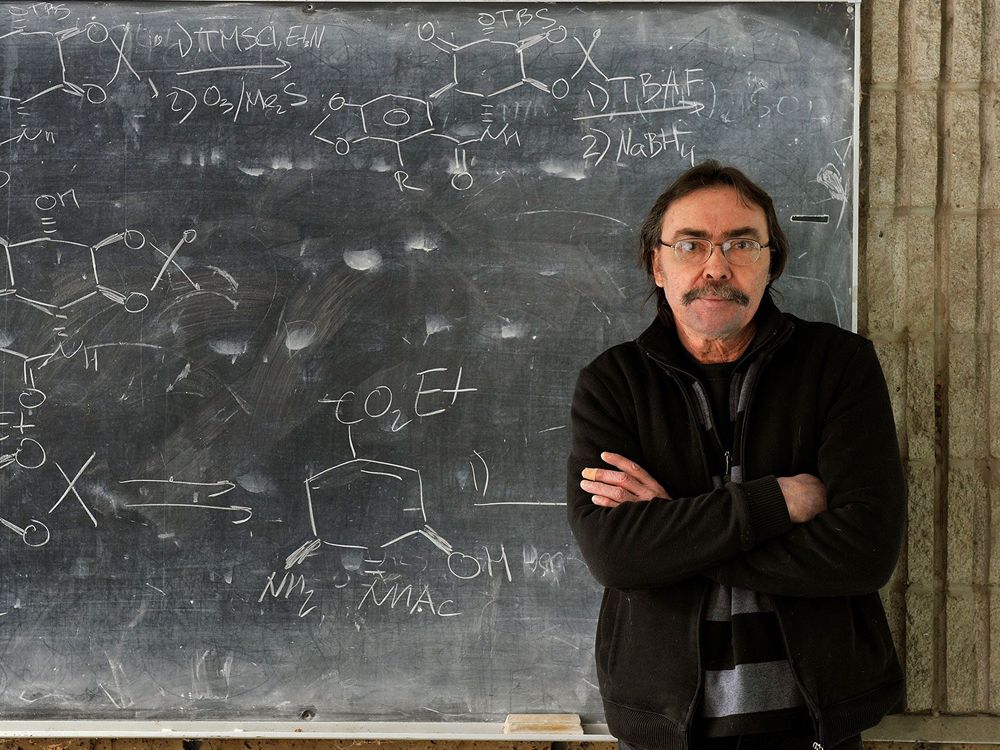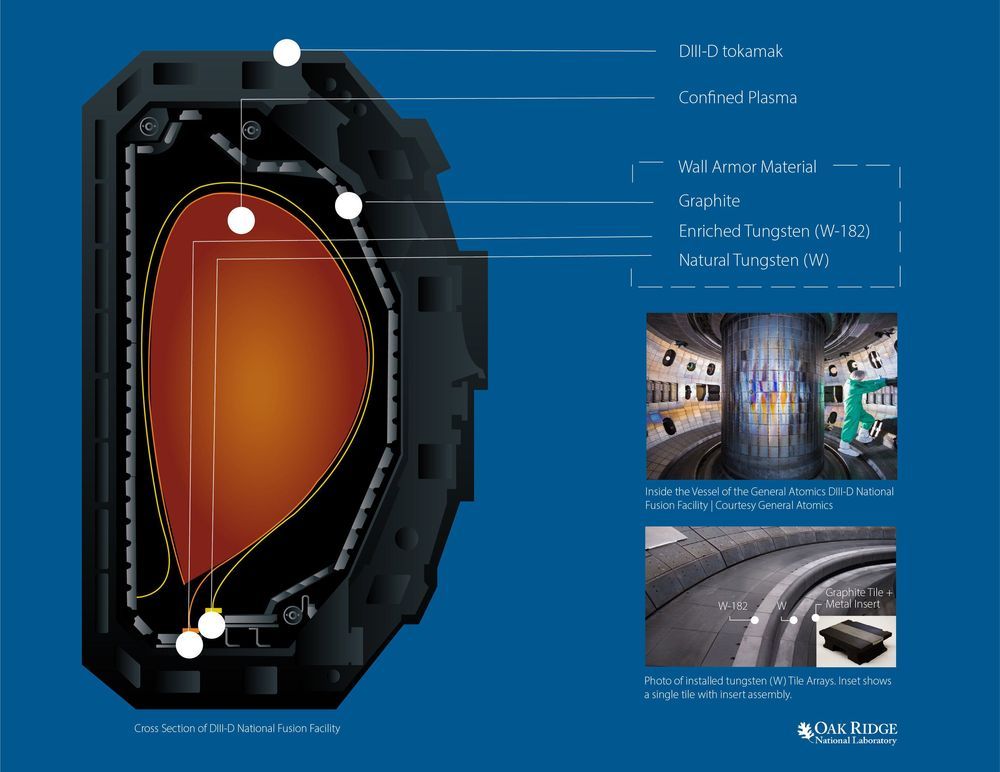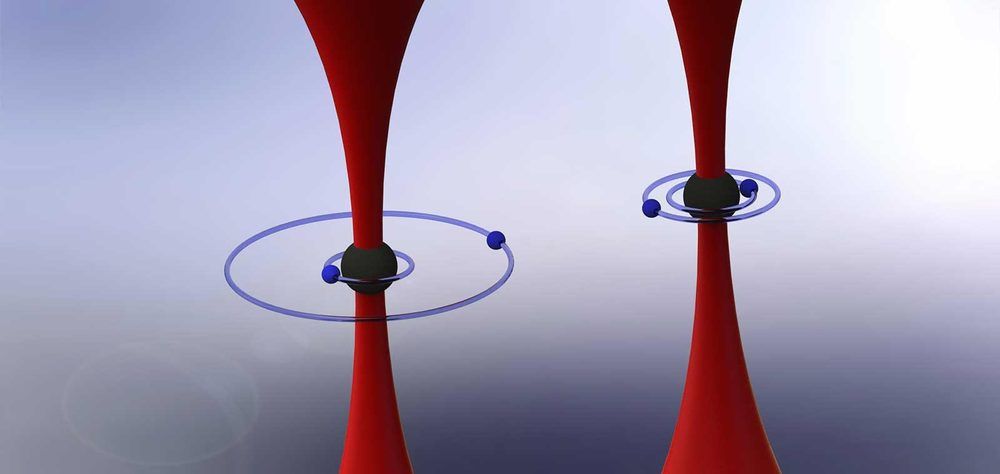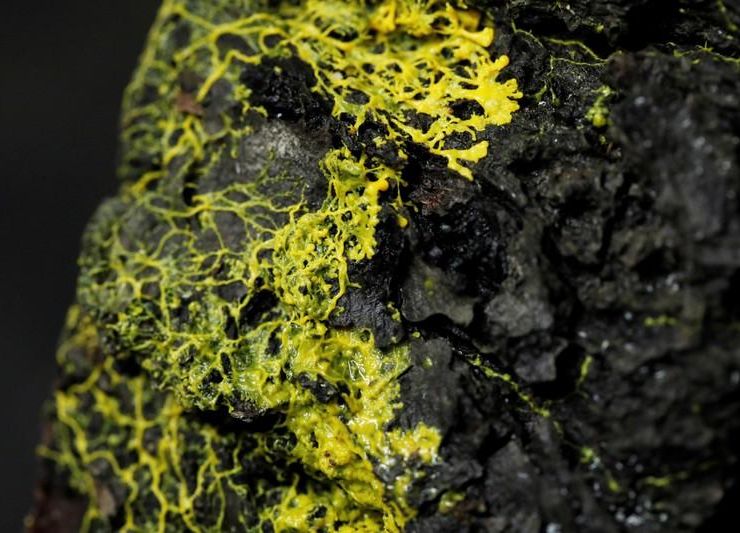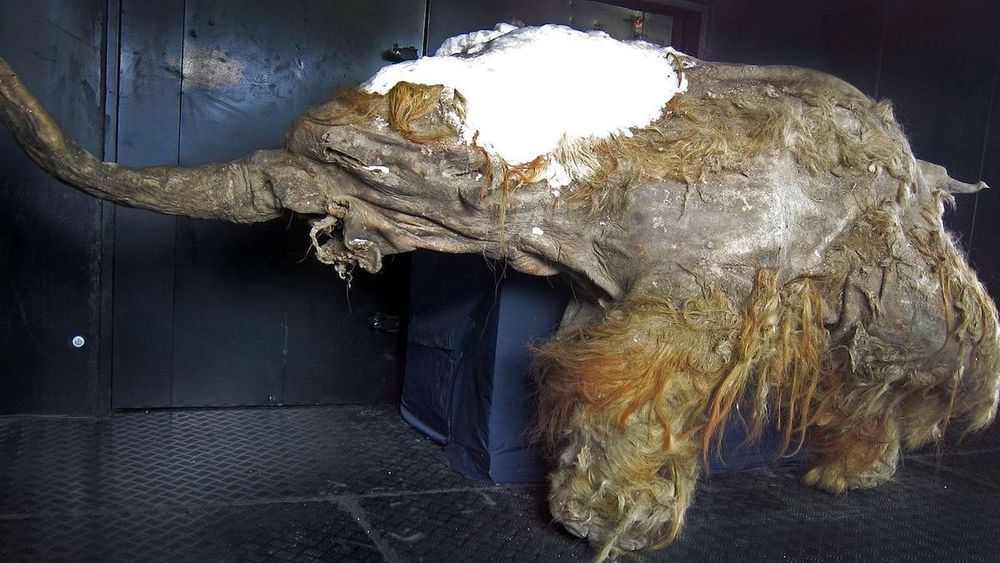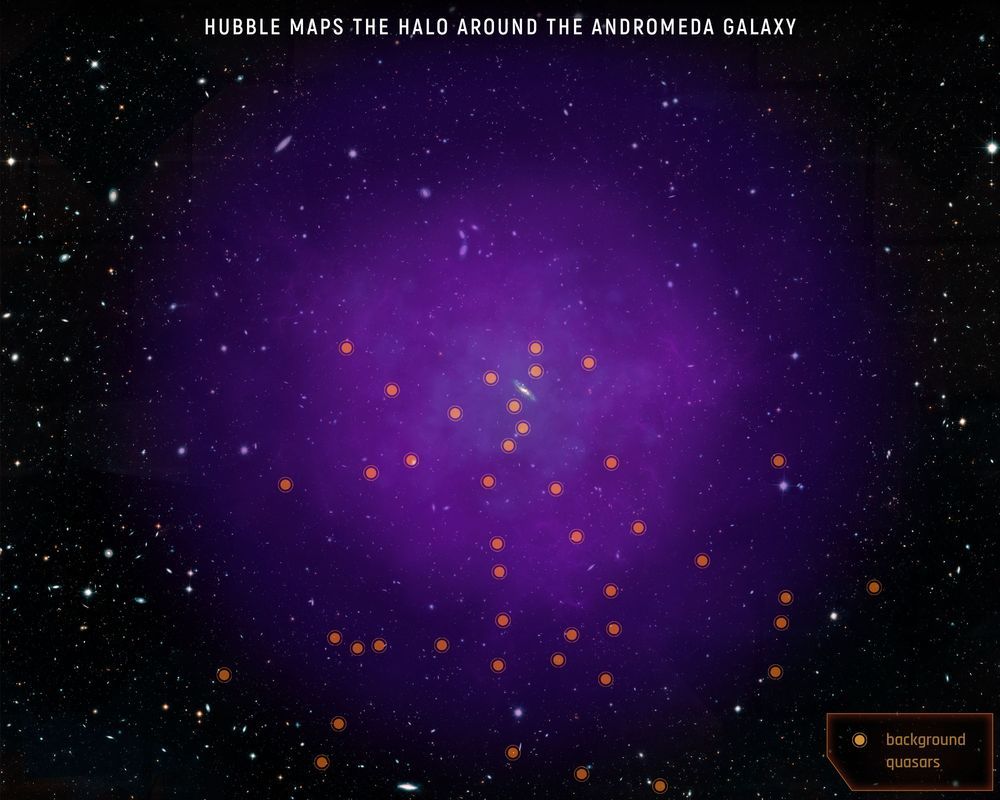Aug 28, 2020
The Peer Review Crisis
Posted by Christopher Field in categories: chemistry, education, ethics
With moral purity inserted as a component to the internal processes for all academic publications, it will henceforth become impossible to pursue the vital schema of conjecture and refutation.
Shocked that one of their own could express a heterodox opinion on the value of de rigueur equity, diversity and inclusion policies, chemistry professors around the world immediately demanded the paper be retracted. Mob justice was swift. In an open letter to “our community” days after publication, the publisher of Angewandte Chemie announced it had suspended the two senior editors who handled the article, and permanently removed from its list of experts the two peer reviewers involved. The article was also expunged from its website. The publisher then pledged to assemble a “diverse group of external advisers” to thoroughly root out “the potential for discrimination and foster diversity at all levels” of the journal.
Not to be outdone, Brock’s provost also disowned Hudlicky in a press statement, calling his views “utterly at odds with the values” of the university; the school then drew attention to its own efforts to purge unconscious bias from its ranks and to further the goals of “accessibility, reconciliation and decolonization.” (None of which have anything to do with synthetic organic chemistry, by the way.) Brock’s knee-jerk criticism of Hudlicky is now also under review, following a formal complaint by another professor that the provost’s statement violates the school’s commitment to freedom of expression.
